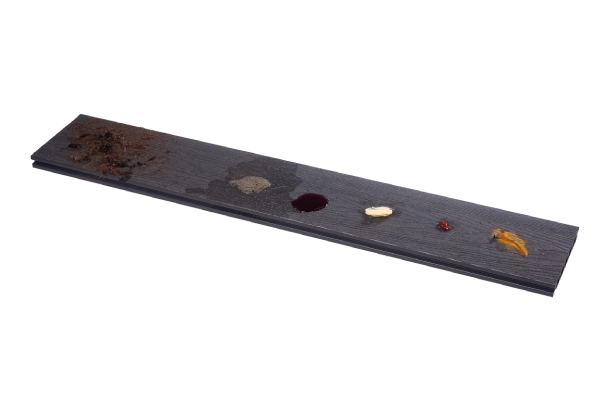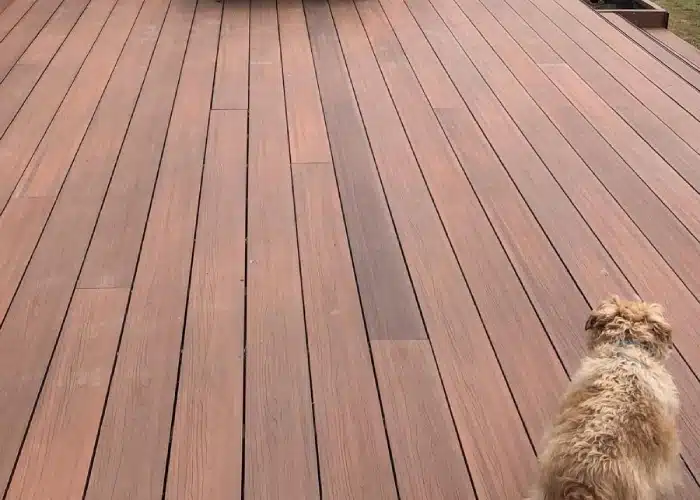How To Maintain Composite Decking
When building a deck, you will want it to be as safe as possible. We don’t want any accidents to happen, not only to ourselves but also to our friends and family when visiting our homes. So when choosing the materials, we want them to be slip-free. But what are the best non-slip garden decking materials?
Comparison of Decking Materials
We can group decking boards into three; wood, composites, and plastic. Each one of these has advantages over the other. However, when it comes to a non-slip property, which one is the best? To answer that question, we must compare the three whether they’re non-slip or not.
Plastic Decking
First on the list is plastic decking, which includes PVC. They are the most durable and lightweight decking material. PVC decking is very resistant to weather damage and not prone warping, scratching and staining. But what about slipping?
Unfortunately, most plastic decking can be slippy, especially when wet. Most of these materials have a smooth coating, making them prone to accidents. The good thing about PVC is they’re not susceptible to mould and fungi. This means any slips wont likely be down to this problem with plastic decking. But other than that, plastic decking is generally the most slippery.
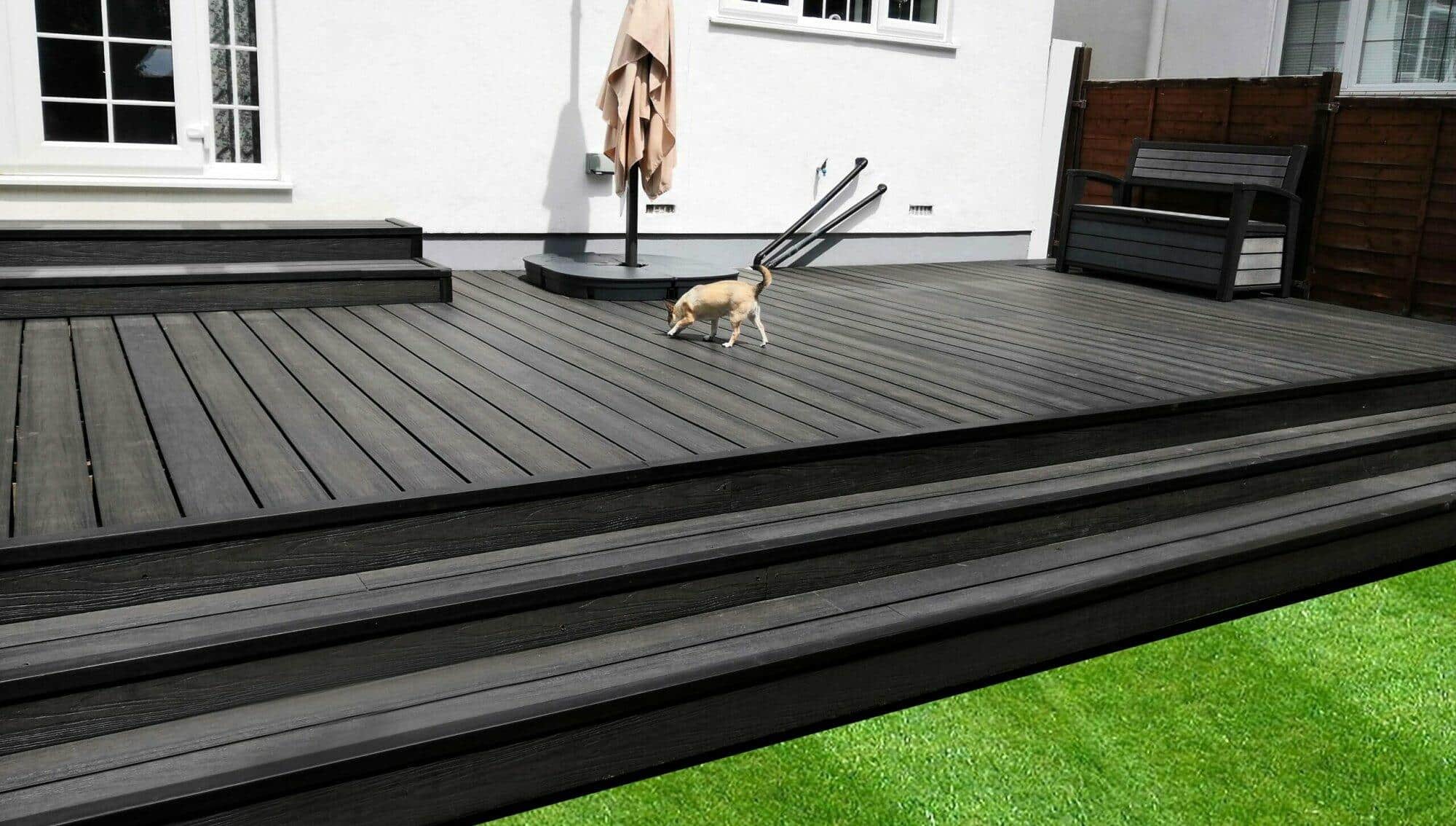
Wood Decking
Another decking option is wood. It’s the most used material type due to its affordable price and appearance and the top choice for home and business owners. However, when it comes to maintenance, it’s the most difficult to maintain. Why does it matter?
When it comes to slipping, wood can offer slip resistance, but only if it’s maintained properly. Why? Wood is naturally slippery, especially when wet. However, the killer on slip resistance for wood is not just being wet its when algae and mould start to grow, it can make the deck extremely slippy. The worst thing about wood is that among all the types of decking, they are the most susceptible mould, fungi and algae. This means no matter how high quality the wood is, it will become slippy when not given care and attention.
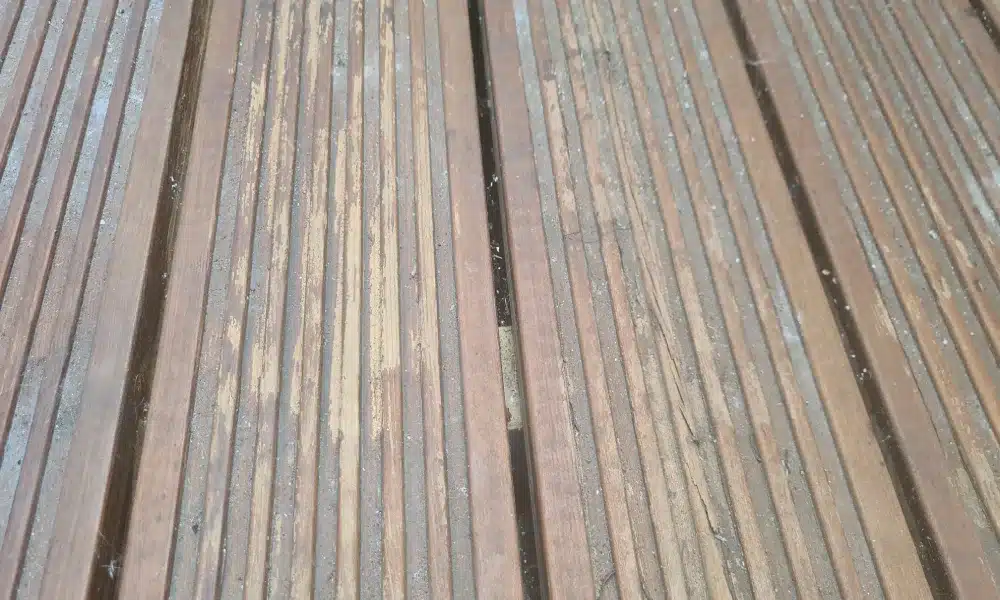
Composite Decking
Composite decking is one of the most popular alternatives for decking materials other than wood boards. It’s the best of both worlds, having the durability of plastic and the aesthetics of wood. As for the price, it’s cheaper than PVC but more expensive than wood. But what about slipping?
Since composites are part-plastic, they inherit some of the smoothness of plastic. They are slippery but to a lesser degree, making them slightly smoother than wood. However, composites have an advantage over wood. Like PVC and plastic decking, composites are also resistant to moulds and fungi. Any smoothness caused by these factors is not a problem by using composite decking materials. However, you still need to clean and maintain composites.
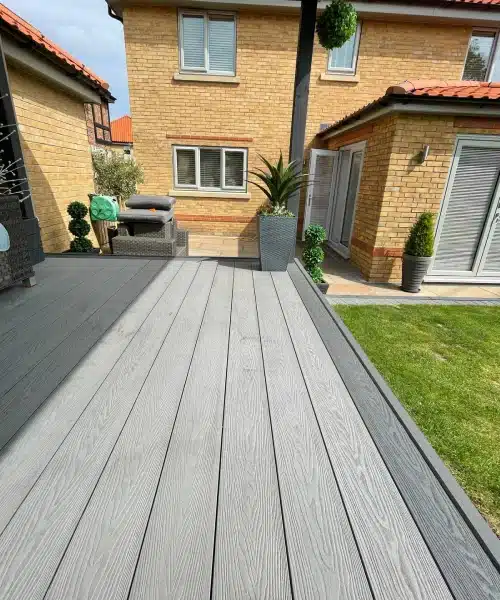
Best Non-Slip Decking
So which of the three is the best non-slip decking? Plastic is the smoothest among the options. Meanwhile, wood can perform, as long as you remember to clean and maintain them. As for composites, overall there slip resistance properties exceed both wood and plastic decking, they easier to maintain and perform throughout there life span, even in very wet conditions. Most composite decking will achieve a low to medium slip resistant (slip alert score) in very wet condition.
Does this mean that you should choose wood or composite? Is there no other alternative? Not quite.

Non-Slip Decking Innovations
Aside from the material itself, many innovations and inventions can make decking safer. For instance, plastic and composite decking are produced with a smooth surface, which is why some manufacturers press a grooved or wood grain pattern on its top layer and then sand or brush the surface, which is useful in providing a more authentic appearance but this also increase friction underfoot to minimise slipping.
Wood decks, stains and coatings that prevent slipping are also available to purchase from local builders merchants or DIY stores. Aside from these applications, homeowners and builders can also opt to use decking strips as an alternative. Others also use slip-free mats which are non-slip materials placed over the decking to minimise slipping.
Safety is a priority when choosing the right deck material. The best non-slip garden decking materials are usually either wood or composites. You can also use plastic as long as they have features that minimise slipping.
Please note: Caution should always be exercised with any surface that is wet underfoot to avoid accidents and falls.
What Are the Different Types of Composite Decking?



